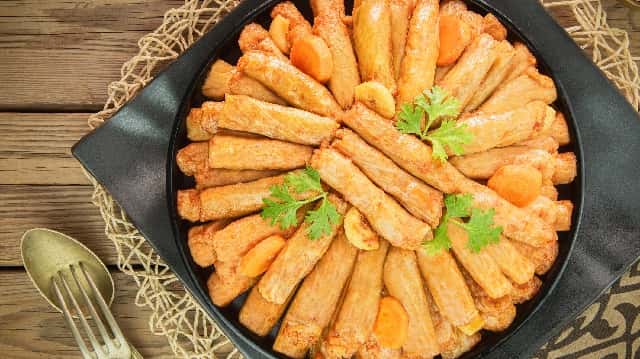
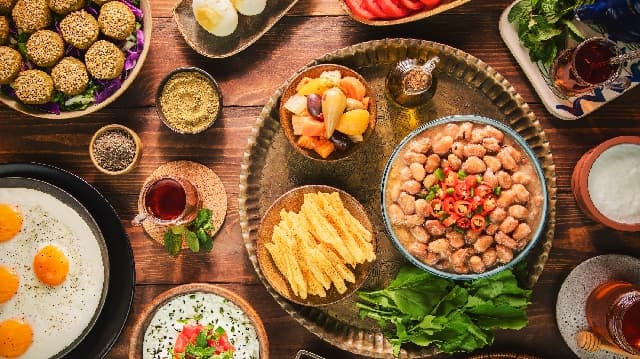
Explore traditional Egyptian food like never before. Taste the legacy, savor the stories—click to discover what’s on Egypt’s table!
Egyptian cuisine is one of the oldest in the world, yet it’s still surprisingly under-the-radar. Rich with history and layered with influences from Pharaonic, Arab, Turkish, and Greek cultures, every dish tells a story. Koshary, the national favorite, is a perfect example—simple on the surface, but deeply rooted in tradition. While these meals are packed with bold flavors, mastering them takes more than ingredients—it takes cultural insight. Egyptian food isn’t just delicious; it’s a journey through time.
Egyptian cuisine isn’t just about bold flavors—it’s a reflection of deep-rooted balance, tradition, and even spirituality. Inspired by the ancient principle of Ma’at—harmony and order—food in Egypt has always been more than sustenance; it’s a ritual, a way of life.
From funeral rites to family recipes whispered through generations, every dish carries a story. That’s why Egyptian cooking still honors time-tested methods and ingredients—it’s not just about feeding the body, but preserving a legacy. For over 3,000 years, through the rise and fall of empires, Egypt’s culinary identity has endured—where every modern bite still echoes its ancient past.
Egyptian classics like bread, beer, fava beans, and molokhia have stood the test of time. Even Koshari traces back to the Pharaonic dish “Koshir,” while gebnah cheese is still made just like it was 3,000 years ago.
Simple, wholesome ingredients like legumes, wheat, dates, and honey shaped the ancient diet—and remain kitchen staples today.
Continuity of Food Traditions Across Millennia
The Nile sustained farming traditions that kept ancient recipes alive, from bread baking to cheese making.
Ful, Molokhia, Koshari, and Eish Baladi aren’t just meals—they’re edible links to Egypt’s enduring culinary legacy.
Thanks to Egypt’s strategic location between Africa, Asia, and Europe, its kitchen became a melting pot of global flavors. The Greeks brought advanced farming tools and new crops—think juicy peaches, crisp pears, and even chickens—plus wine to rival the nation’s beloved beer.
Then came the Arabs in the 7th century, amazed by Egypt’s rich food scene. They added rice, citrus, and sugarcane to the mix, blending seamlessly with local traditions.
The Ottomans followed, weaving in spices, slow-cooking techniques, and savory layers that still flavor Egyptian dishes today. Instead of replacing old customs, each culture added something new—turning Egyptian cuisine into the rich, flavorful tapestry it is now.
Since Egypt went through different eras under different rulers with different cultures the Egyptian cuisine adapted and enhanced the traditional dishes those dishes turned out to be unique in that it takes your taste buds on a new delightful journey. Here are 14 must-tries during your trip to Egypt:
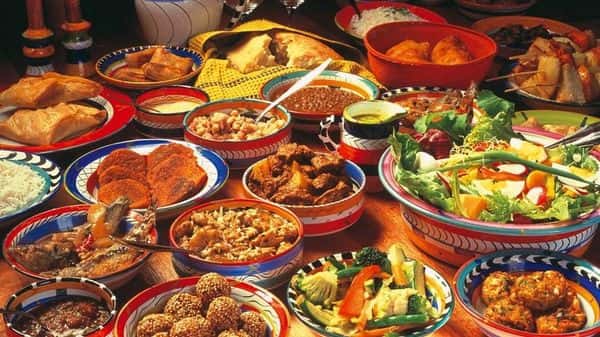
Egyptian food is much more than just recipes—it’s a vibrant expression of culture, community, and centuries-old traditions. Sharing a meal is a sacred moment, a way to connect and honor deep-rooted values.
In Egypt, hospitality is legendary. Hosts prepare generous feasts, not just to fill plates but to show respect and warmth. There’s even a charming ritual called uzooma, where guests playfully resist seconds until they finally accept—because saying “no” to more food is part of the dance! Leaving food on your plate? That’s a compliment too—it means the host’s generosity overflowed your appetite.
Certain dishes only appear during big moments:
Fatta shines at weddings and festivals, symbolizing abundance with its layers of fried bread, rice, and meat.
Kahk sweetens Eid al-Fitr celebrations after Ramadan.
Feseekh, a fermented fish, marks Sham El-Nasim, Egypt’s spring festival of renewal.
Making these dishes is often a family affair—turning cooking into a celebration of heritage.
Egyptian dining is all about togetherness. Traditionally, people gather around low tables, sharing from common bowls with their hands, sparking conversation and connection. Today, families keep this spirit alive during long meals where guests and hierarchy shape the serving order, blending respect with warmth in every bite.

Egyptian cuisine today blends ancient tradition with modern innovation, balancing classic flavors with new dining trends.
Chefs in upscale Cairo restaurants creatively update traditional dishes like koshari and falafel, adding elegant touches and new presentations.
Global cuisines influence Egypt’s food scene, inspiring fusion dishes and introducing fast foods, while convenience replaces some traditional cooking.
Efforts to protect Egypt’s culinary heritage continue through documentation, authentic cooking methods, and educational programs promoting traditional recipes.
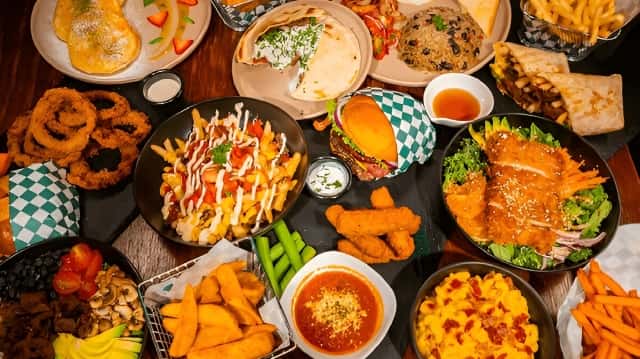
Koshari is Egypt’s beloved comfort food—rice, lentils, pasta, and chickpeas with crispy onions and tangy sauce. It’s everywhere, cheap, filling, and a must-try on any Luxury Trip to Egypt.
A Dish Dating Back to the Pharaohs
Ful Medames is Egypt’s classic slow-cooked fava bean breakfast
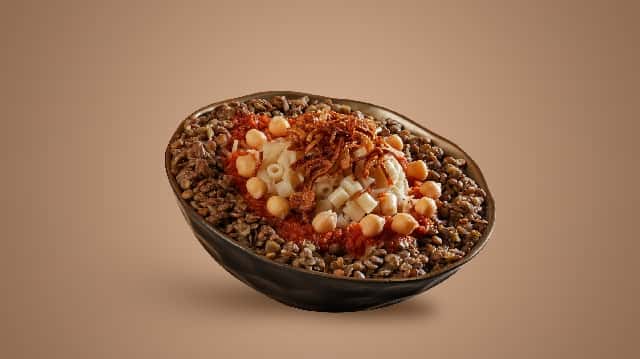
Stuffed Vegetables Bursting With FlavorMahshi features veggies like zucchini and eggplant stuffed with herbed rice and meat, slow-cooked in tomato sauce—a family favorite.
Egypt's Controversial Green Soup
Molokhia is a traditional soup made from jute leaves and broth, loved by some and disliked by others for its slippery texture.
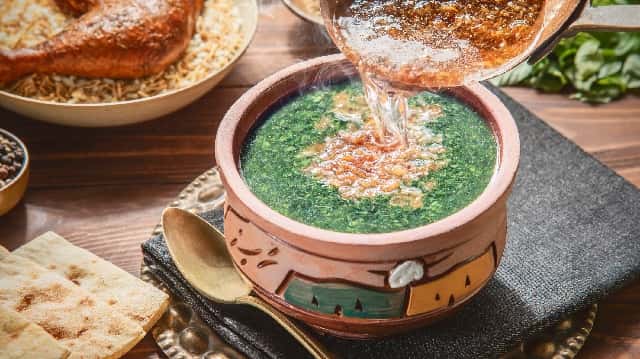
Egypt's Answer to Falafel
Egypt’s herby, green falafel made from fava beans, served in baladi bread with tahini—great for breakfast or snacks.
The Celebratory Feast
Fatta is a festive dish of layered rice, bread, and meat in garlic-tomato sauce, served at major celebrations.
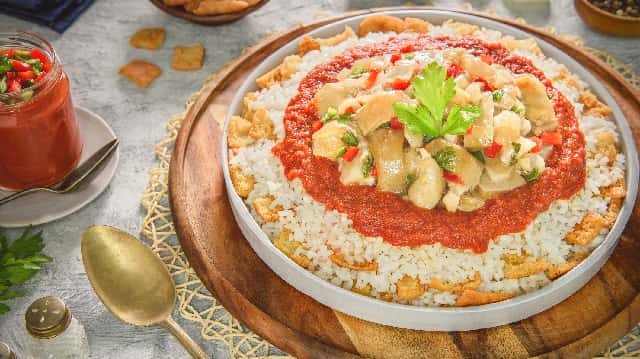
Spicy, garlicky beef liver street food, a fiery Alexandria favorite.
Luxurious stuffed pigeon with rice or freekeh, roasted for special occasions.
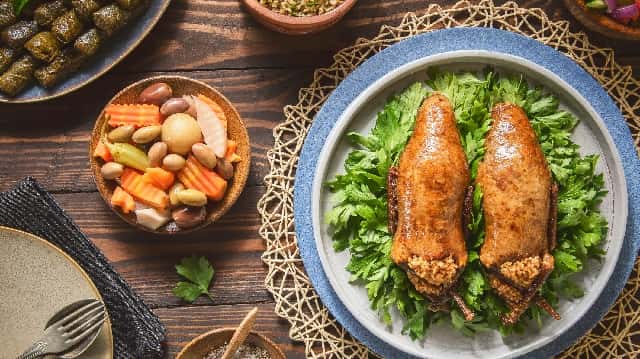
A syrup-soaked semolina cake, often flavored with rose water or coconut—perfect with tea or coffee.
A rich, celebratory dessert made with puff pastry, milk, nuts, and raisins—Egypt’s luxurious take on bread pudding.
Shredded phyllo filled with sweet cheese or cream, soaked in syrup—crunchy, creamy, and found in every Egyptian bakery.
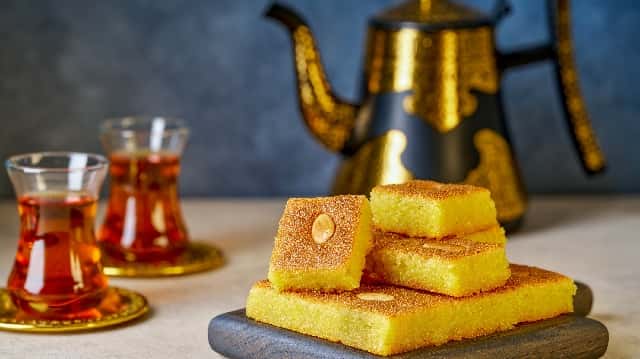
Egyptian food is more than a meal—it’s a story that spans millennia. Rooted in ancient tradition and passed down through generations, dishes like koshari and taameya carry cultural, spiritual, and social meaning. While authentic flavors can be tough to recreate due to rare ingredients and unwritten techniques, modern chefs and curious home cooks are bridging the gap.
With culinary tours, cookbooks, and shared wisdom online, Egypt’s rich food heritage is more accessible than ever. Every bite connects you to a legacy that’s as nourishing as it is unforgettable.
Traditional food in Egypt includes dishes like Koshari, Ful Medames, Molokhia, Mahshi, and Basbousa. These meals are rooted in ancient customs and rely on local ingredients like legumes, grains, herbs, and spices.
Yes, traditional Egyptian desserts include Basbousa, Om Ali, Konafa, and Zalabia. These sweets are usually soaked in syrup and are central to Egyptian hospitality.
Egyptian cuisine is characterized by its use of fresh ingredients from the Nile Valley and Delta, including legumes, vegetables, and fruits. It also incorporates influences from various cultures like Greek, Ottoman, and Arab, resulting in a diverse and flavorful culinary tradition.
Recreating authentic Egyptian dishes can be difficult due to limited access to specific ingredients, complex preparation methods, and the lack of documented recipes. Many traditional techniques are passed down orally through generations, making it hard for outsiders to replicate the exact flavors and textures.
Egyptian food plays a significant role in social gatherings and celebrations. Certain dishes are reserved for special occasions, and meals are often communal affairs that strengthen family and community bonds. The act of preparing and sharing food is deeply ingrained in Egyptian hospitality traditions.
Common staples in Egyptian cuisine include fava beans, bread, rice, vegetables like molokhia, and various spices. Meat dishes, particularly those featuring poultry and fish, are also popular. Many of these ingredients have been used since ancient times, showcasing the continuity of Egyptian culinary traditions.
Traditional Egyptian cuisine is characterized by its use of legumes, vegetables, and fruits from the Nile Valley. It features dishes like koshari (a mix of rice, lentils, and pasta), ful medames (mashed fava beans), and molokhia (a distinctive soup made from jute leaves). Many recipes have remained largely unchanged for thousands of years.
Common ingredients in Egyptian cooking include fava beans, lentils, rice, pasta, tomatoes, onions, and garlic. Spices like cumin, coriander, cardamom, and cinnamon are also frequently used. Bread is a staple, often made from wheat flour, while dates and figs are popular fruits.
Many dishes and ingredients from ancient Egypt are still part of modern Egyptian cuisine. For example, ful medames (fava beans) has been a staple since Pharaonic times. The use of bread, beer, and certain vegetables like onions has continued for millennia. Even some cooking methods and utensils, like clay pots, have roots in ancient Egyptian practices.
Luxury trips to Egypt aren’t complete without traditional Egyptian food. Book now for an epicurean adventure!
